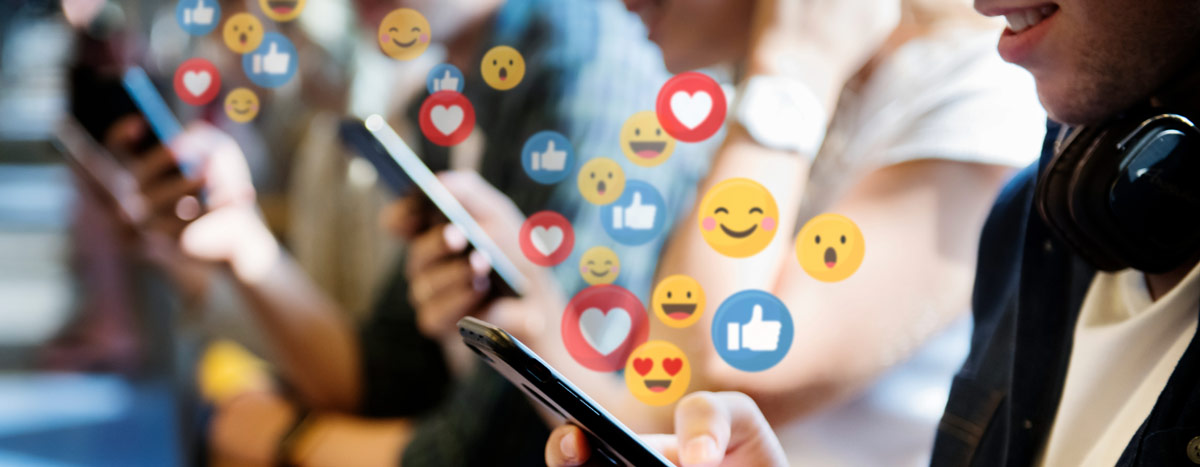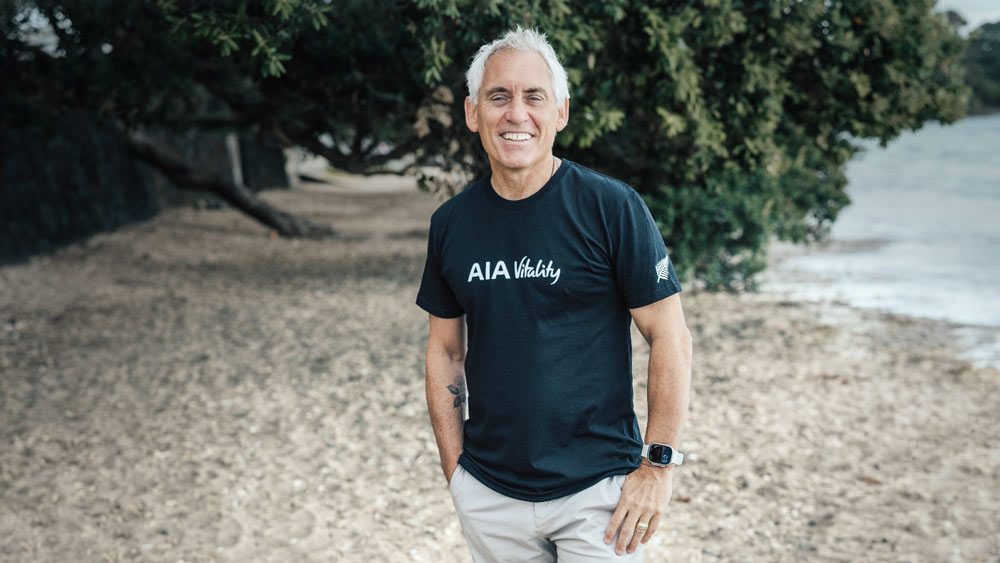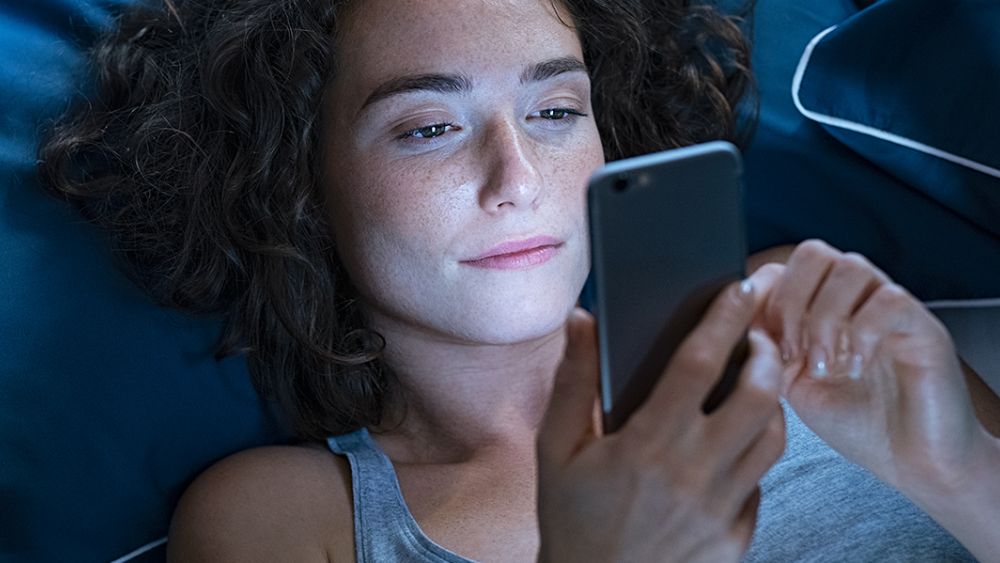With the release of Adolescence on Netflix, the conversation around young people, social media and mental health is back in the spotlight, and rightly so. The gritty portrayal of growing up in a digital world reflects what many kids and teens are facing every day.
The double-edged sword of social media
Social media is almost universally used among young people. In the U.S., 95% of teens and 40% of children aged 8-12 years are active on platforms like TikTok, Instagram and Snapchat1. While social media can support creativity and connection, the downsides for young people are becoming hard to ignore.
A 2019 study found adolescents who spend more than three hours a day on social media are twice as likely to experience symptoms of anxiety and depression2. On average, teens spend about 3.5 hours daily on social media, often late at night, disrupting sleep and important offline interactions3.
U.S. Surgeon General’s Advisory
In May 2023, the U.S. Surgeon General released a landmark advisory titled ‘Social Media and Youth Mental Health’. This was an urgent call to action based on a comprehensive review of evidence that found “ample indicators” linking social media use to a range of mental health concerns, including:
- Body dissatisfaction and disordered eating, particularly among adolescent girls. Nearly half of teens say social media makes them feel worse about how they look
- Exposure to harmful or distressing content, including cyberbullying, self-harm and hate-based messaging
- Reduced sleep quality and overall wellbeing, with screen use late at night interfering with rest and healthy routines
- Problematic or addictive use, driven by the persuasive design aimed at maximising time spent online4.
Dr. Vivek Murthy, the U.S. Surgeon General, described young people as “unknowing participants in a decades long experiment.” He likened the moment to the 1964 Surgeon General’s warning on smoking, which forever changed public health policy.
Dr. Samantha Marsh, a researcher at the University of Auckland, said this report should have hit New Zealand “like a bombshell,” but it barely made a ripple. In her opinion piece, she highlighted our slow response to similar harms. Just as seatbelt laws changed our parenting behaviours in the 80s, she says it’s time we reconsider how we let kids use devices5.
The advisory made it clear social media is not just a parenting issue; it’s a public health issue. Addressing it requires coordinated action from policymakers, tech companies, educators, families and communities.
So what can we do?
- Set boundaries at home: Create tech free zones like bedrooms and dinner tables, and agree on screen time expectations
- Talk with your kids, not at them: Explain how algorithms work and how platforms make money from their attention. Keep the conversation open and supportive
- Encourage digital literacy: Help kids question what they see online and recognise manipulative design features like infinite scroll and filters
- Model good habits: Kids mirror adult behaviour. Taking regular screen breaks and prioritising face-to-face time sets a great example
- Advocate for safer design: Tech companies must take accountability, ensuring age-appropriate settings, removing harmful content quickly, and being transparent about how data is collected and used6.
What about New Zealand?
While the U.S. has taken bold action, New Zealand is yet to undertake a dedicated national review focused on the broader mental health impacts of social media on young people. A similar advisory here, bringing together evidence on wellbeing, development and digital behaviours, could help shape more informed, future focused responses.
In 2024, the Office of the Privacy Commissioner (OPC) published a report titled ‘Safeguarding Children’s Privacy in New Zealand’, which called for clearer protections around how young people’s data is collected and used7.
Recommendations included:
- Creating child friendly privacy guidance
- Considering a ‘right to be forgotten’ for children online
- Establishing minimum age requirements for social media use
- Prioritising children’s best interests in digital policy.
It’s a strong start, but many experts believe a broader NZ specific advisory is urgently needed. One that goes beyond privacy to include youth wellbeing, identity, and digital development.
Social media is here to stay, but we can reduce its risks by understanding how it works, talking openly about its impacts, and creating safer spaces for our rangatahi to grow up in.
- https://www.pewresearch.org/internet/2022/08/10/teens-social-media-and-technology-2022/
- https://jamanetwork.com/journals/jamapsychiatry/fullarticle/2749480
- https://www.icpsr.umich.edu/web/NAHDAP/studies/38502/versions/V1
- https://www.hhs.gov/sites/default/files/sg-youth-mental-health-social-media-advisory.pdf
- https://www.auckland.ac.nz/en/news/2023/07/19/Social-media-the-kids-are-not-alright.html
- https://www.hhs.gov/sites/default/files/sg-youth-mental-health-social-media-advisory.pdf
- https://www.privacy.org.nz/assets/New-order/News/Consultations/Children-and-Young-Peoples-Privacy-pollicy-project/CYP-April-2024-release/Safeguarding-childrens-privacy-in-NZ-full-report.pdf






